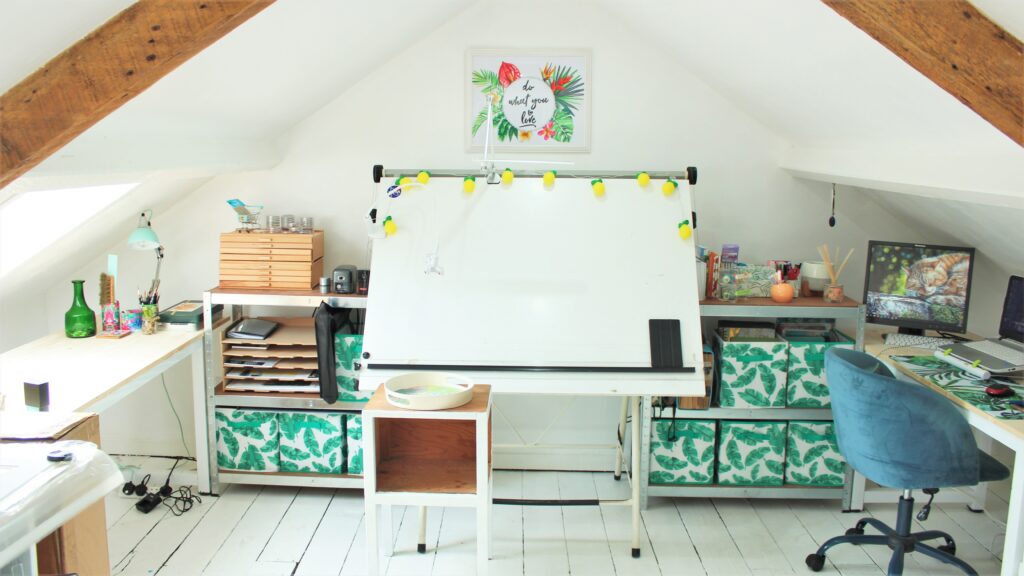
Photo by Sema Martin on Unsplash
Installing your roof is key to making your home more energy efficient and comfortable. Proper roof insulation helps regulate temperatures, reduce energy costs, and prevent heat loss or gain. However, tackling this DIY project requires careful planning and execution to avoid common mistakes. In this guide, we will outline the steps to prevent the roof and highlight possible pitfalls to avoid.
1. Look at your roof
Before you begin, look at the current condition of your roof. Check for signs of old insulation, air leaks, and dampness. Check the type and amount of insulation already installed, as this will affect your design. Carefully inspect the roof for signs of pests, rodents, or mold. Address these issues before adding insulation to prevent further problems.
Cover any areas that pests can use, and treat any existing mold. Ignoring these issues can lead to insulation, health hazards, and additional costs in due course. Prioritize a pest-free, mold-proof environment to ensure the long-term effectiveness of your roof insulation.
2. Choose the right insulation
Choosing the right insulation is important. Typical choices are fiberglass, cellulose, and sprayfone, you can find here the right insulation for your home. When making decisions, consider factors such as R-value (resistance to heat), cost, and climate in your region. A high R-value is recommended for cold weather. Using insulation with the wrong R-value for your climate can result in poor energy storage. Research the recommended R-value for your region and choose insulation accordingly.
Calculate the amount of insulation required by measuring the square roof area. Pay close attention to the recommended R-value for your region and adjust accordingly. Purchase enough material to cover the entire area, and consider buying extra for unexpected contrasts.
3. Seal air leaks
Identify and cover any air leaks before installing additional insulation. The most common areas for leaks are around vents, faucets and attic entrances. Seal these gaps with caulk or expanded foam, making sure they are tightly sealed.
4. Wear protective gear
Safety comes first! Irritants can be irritating to the skin, eyes and lungs. Wear protective gear such as gloves, safety glasses, and a dust mask. Wear appropriate respiratory protection if you are using a spray. Insulation can be hazardous to your health. Always wear appropriate protective gear such as gloves, goggles and a mask to avoid skin irritation, eye injury or respiratory issues.
5. Install ceiling fans
Ensure proper ventilation to the attic by installing fans. Proper ventilation prevents moisture from rising, which can lead to mold damage and decay. Ridge vents, soffit vents and gable vents work together to create balanced ventilation. This is important if you’re planning to use an attic for storage, children’s room, playing room or something else. Make sure you’re sticking to building regulations and are using the right type of insulation, so you will have the full effect of it.
Many DIYers focus solely on adding insulation without addressing the leaks. Good insulation is essential to maximize the effectiveness of insulation. Neglecting this step can lead to poor energy performance and discomfort.
6. Pressure loading of protective materials
Avoid pressing the insulation buttons. Reinforced insulation is less efficient, reducing its trapping capacity and slowing heat transfer. Install the insulation evenly while maintaining the recommended thickness.
Improperly installed insulation can restrict attic ventilation, causing moisture problems. Ensure that the insulation does not block the airflow, allowing adequate ventilation.
7. Insufficient lighting
When installing insulation, it is important to leave enough space around light fixtures and vents. Covering these materials too tightly with insulation can lead to overheating and fire hazards. Maintain the recommended clearance according to the fixture manufacturer to ensure optimal safety and performance. Refer to the manufacturer’s instructions for each appliance to determine where insulation is needed, and to eliminate potential hazards associated with inadequate ventilation of these fittings there.
Working in a poorly lit attic can lead to mistakes and accidents. Be sure to provide adequate lighting to accurately inspect the area, locate air leaks, and properly install protective gear.
8. If local building codes are not consulted
Before you begin your project, check local building codes. Regulations can vary for insulation and installation methods, and failure to comply could lead to issues in the future. If in doubt, consult with a professional to ensure your roof insulation meets both your requirements and local building codes.
Conclusion
Your attic insulation is a valuable investment that yields results in comfort and improved energy savings. By following these steps and avoiding common DIY mistakes, you can ensure a successful roof renovation. Remember to prioritize safety, choose the right protective gear, and focus on installing the right strategies for long-term benefits. Make sure to approach this DIY project with careful planning, so you achieve your goal.







Leave a Reply